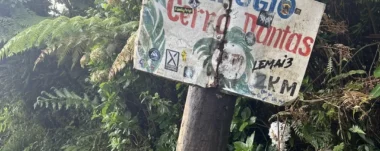Ruins of Ujarrás: Historic Cartago
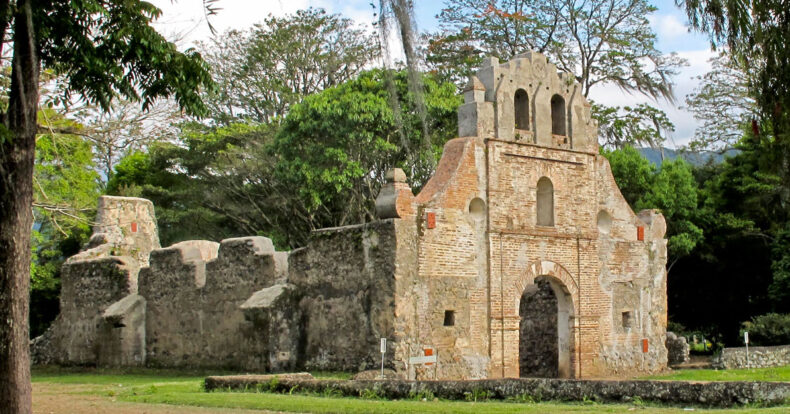
Located in the district of Cachí, in the canton of Paraíso de Cartago, the Ruins of Ujarrás are one of the most iconic and visited places in Costa Rica, both for their historical and cultural value and for their natural beauty.
Schedule and access
The park is open every day from 9:00 a.m. to 3:00 p.m., and admission is completely free. With its spacious gardens, leafy trees, and ideal areas for relaxing, it is the perfect place for a day trip, enjoying a picnic, and spending time with the family.
Those traveling in their own vehicle can park in the outdoor parking lot located next to the ruins. For those who prefer public transportation, there are two bus routes that depart diagonally across from the Courts of Justice in Cartago:
- Carthage – Cachí and Ramales, with a journey time of approximately 50 minutes.
- Carthage – Ujarrás – Regado River – Piedra Azul, which takes about 40 minutes.
17th-century architecture
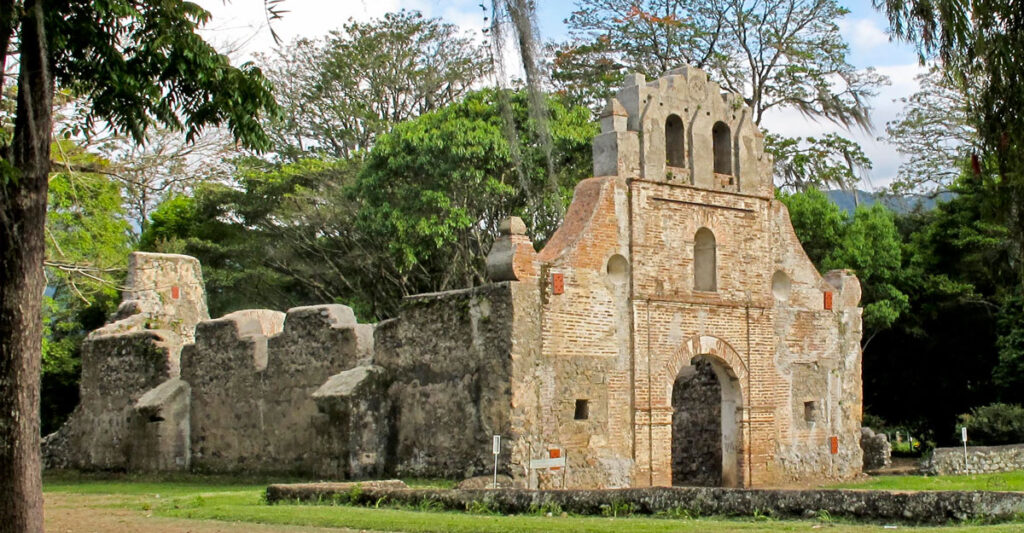
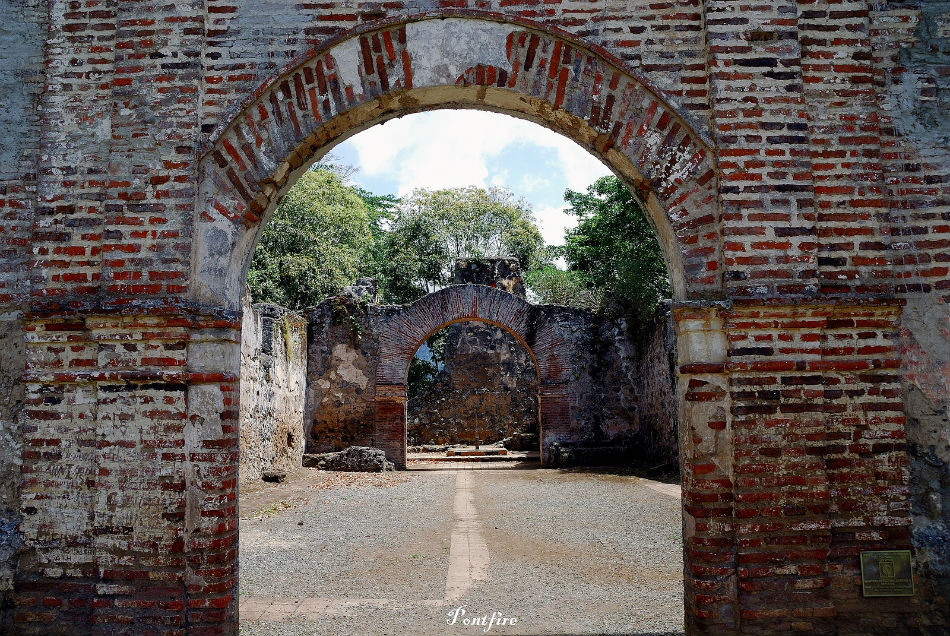
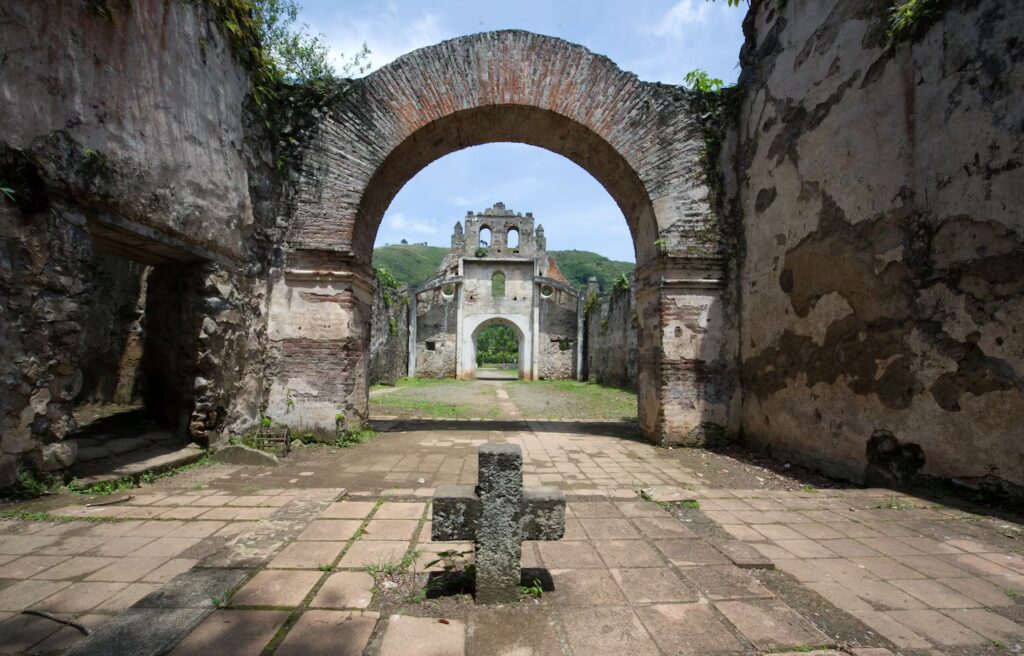
The main attraction of the ruins is the facade of the old colonial temple, built between 1686 and 1693 using the calicanto technique, which combines lime and stone. It is the first calicanto church in Costa Rica and one of the oldest buildings in the country.
Originally built in honor of the Virgin of Rescue, the temple has been a center of pilgrimage since its inception. Even today, every April, the site welcomes the faithful and visitors for the traditional pilgrimage in honor of this venerated image.
The ruins are surrounded by extensive green areas, which provide a fresh and family-friendly atmosphere. Located just 1 kilometer from the northwest shore of Lake Cachí, the site is a picturesque and relaxing stop within the region.
Ruins of Ujarrás: Historic Cartago
In pre-Hispanic times, the Ujarrás area was inhabited by the Huetar indigenous people. Its current name comes from the Spanish version of Uxarrací, an ancient Huetar king.
During the 16th century, Ujarrás was the scene of encounters and tensions between indigenous peoples and Spanish authorities. In 1563, the Huetar monarch Tuxustí visited the mayor, Juan Vázquez de Coronado, in the city of Garcimuñoz, but years later the region rebelled against Spanish rule.
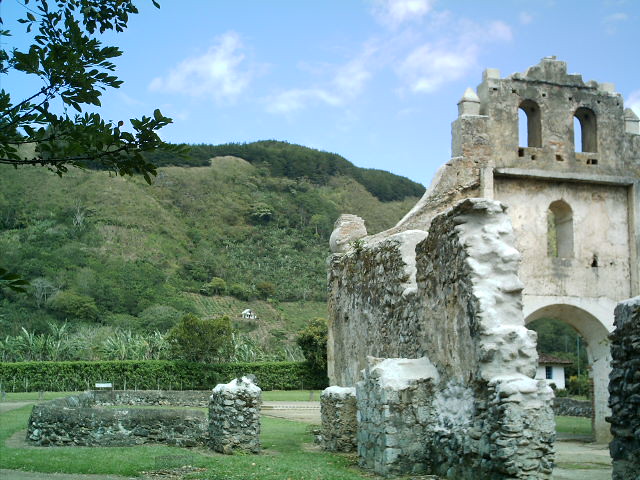
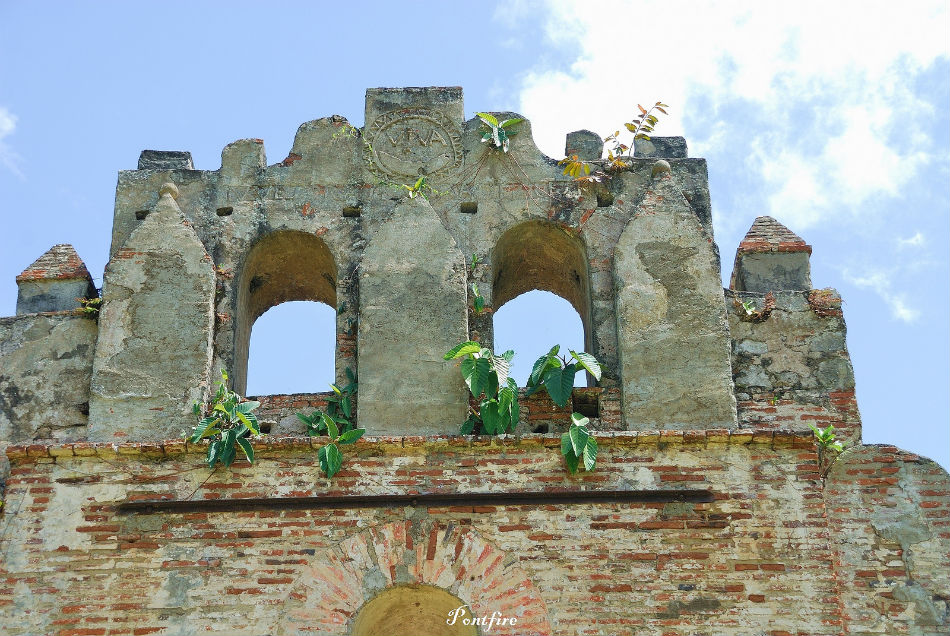
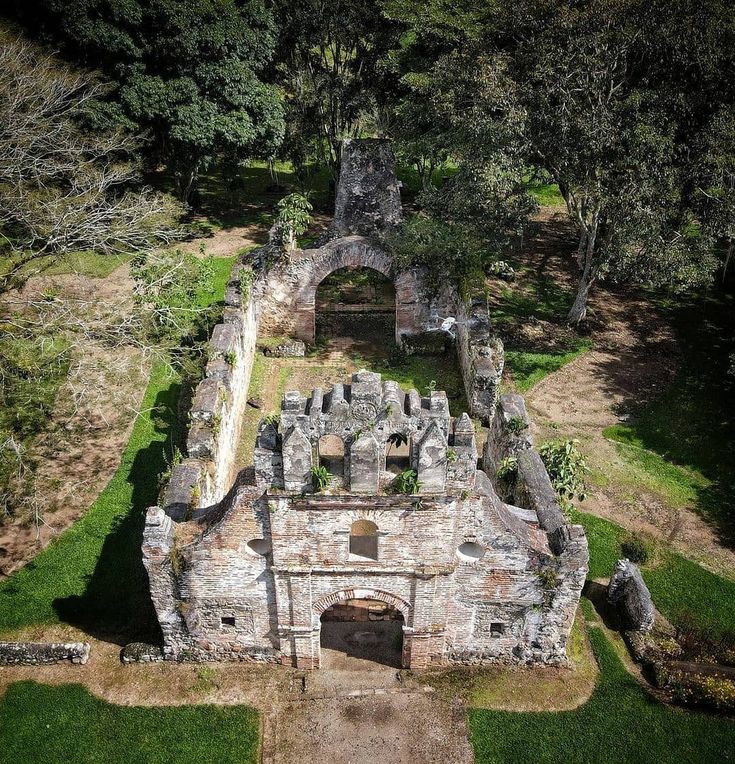
Over time, Ujarrás became established as a mestizo town and was the birthplace of Florencio del Castillo, a famous priest who became President of the Cortes of Cádiz. However, between 1832 and 1833, the town was abandoned due to epidemics and its inhabitants moved to what is now Llanos de Santa Lucía, today the center of Paraíso.
Today, the ruins are the only remnants of that ancient town and retain enormous heritage and spiritual value for Costa Rica.
Tips for your visit
Cartago has a humid tropical climate, so rain is common, especially in the afternoons. If you want to minimize the chance of rain, the driest months are March and April.
Thanks to their combination of history, culture, and nature, the Ruins of Ujarrás are an ideal destination for those who want to learn about the country’s colonial past.
Sensorial Sunsets
Previous article Reporting to the world from Gaza and the press: the persistent siege that Israel has been trying to maintain for 23 months, analyzed from an inaudible Costa Rica.
Navigate articles



